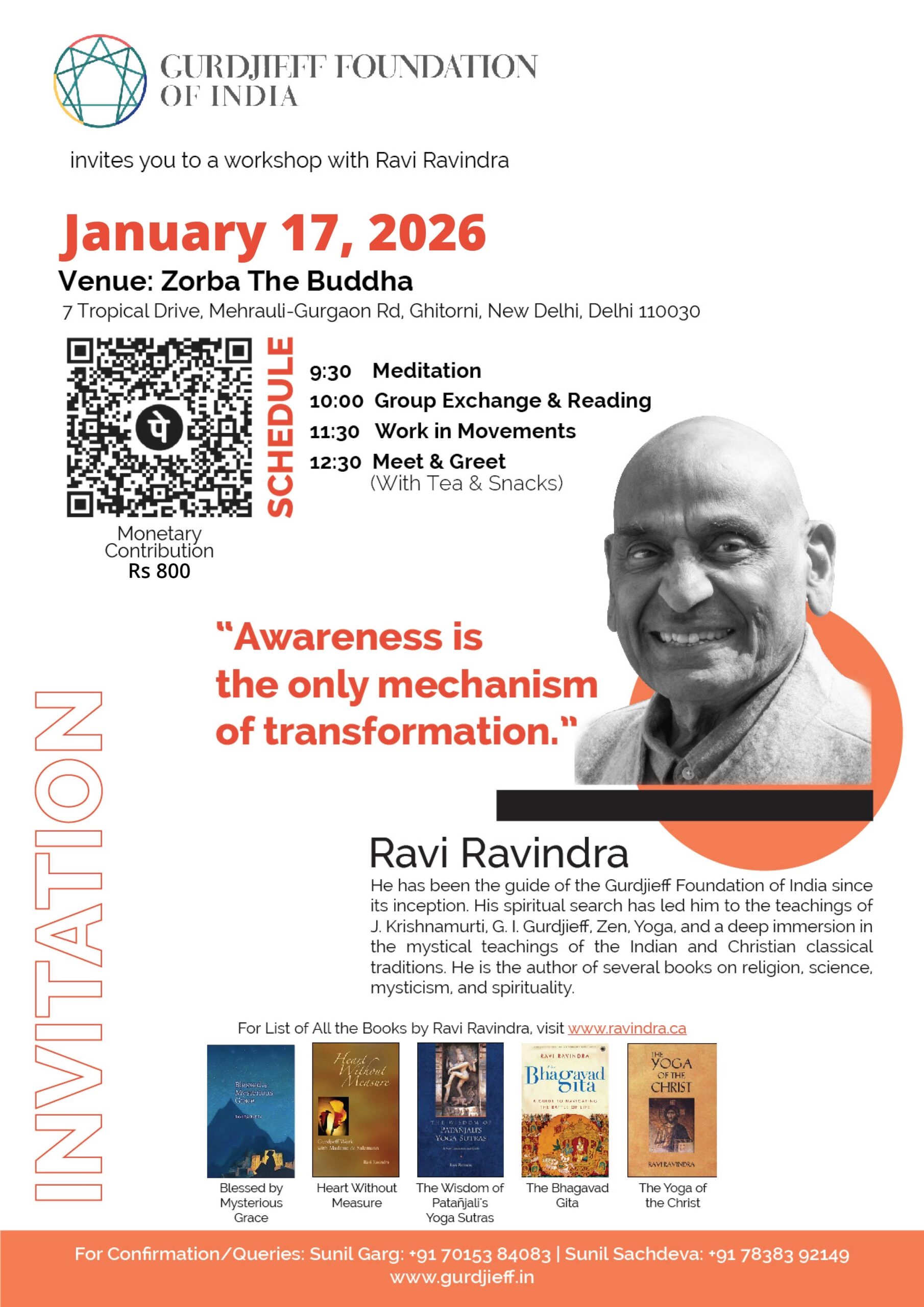
Across generations, the universe’s two fundamental movements—centripetal and centrifugal—have often been judged through a socio‑ethical lens. Even mystics who perceive their character clearly have named them Higher and Lower, Divine and Demonic, Devas and Asuras—casting one as harmonious with the unifying force and the other as “out of sur,” out of tune.
Such framing hardens into a moral binary of good versus bad, derived more from human categories than from an unbiased view of two opposing yet complementary movements. While there is value in giving these forces a “colour,” confining them to positive and negative obscures their nature as universal and necessary forms.
The inward, unifying movement, towards the Unity of Being—akin to buddhi aligned with the infinite—embraces all manifestation within Oneness. Here there are no favourites or preferences; the essence of all that is emerges from, abides in, and dissolves into the Unified Being or Creator Force.
J. Krishnamurti named these directions Wholeness and Fragmentation. Patanjali’s Yoga Sutra names the inward, unifying current Nivritti and the outward, manifesting current Pravritti. In this light, God and the Devil find their rightful places within Purusha—the all‑pervading consciousness—and Prakriti—the dynamism of manifestation.
The centrifugal current fuels diversity, multiplicity, and separateness. In itself it is not “bad.” Difficulty arises when the outward-going energy is harnessed by a human instrument for personal ends at the expense of the wider whole, human or otherwise. At that point, identification with a contracted, conditioned self-aligns with the outgoing energy, using its separate point of view to relate to the “other” as adversary or asset.
“Othering,” especially when joined with power over the one defined as other, does have moral consequences—for society and for the planet. Yet within this binary of perpetrator and victim, both poles are still operating from identification. Neither is free of the colouring through which it defines itself. Hence the habitual impulse to label the centrifugal as lower, animal, or devilish, and the centripetal as higher or divine.
Only that within us which can hold “the two in me” simultaneously can exercise a will capable of informing the outgoing energy not to play the game of identification—addressing the actions of the other practically while remembering that even the destructive other is an expression of the One. The Dalai Lama’s counsel on dealing with enemies rests on this ground: take necessary steps to protect oneself, but do not hate the other in essence.
The same drama unfolds inwardly. Identification produces moments in which the seer—the faculty that can witness both forces—is absent. As Jeanne de Salzmann writes: “In our usual state of sleep, of identification, we can know nothing. When I am wholly identified, I am completely absent. There is nobody here to see, to know. There is not one particle of attention free to see.” (The Reality of Being, p. 80)
Within my body mind, I see the obstacle created by the centrifugal force in its inert aspect. The identification with the separate self, its conditioning from childhood to think and feel in a certain way, even the postures and inner sensations that spell comfort, hunger, pleasure are particular to only my body mind and are embedded at a cellular level. The force of Abhinivesha—the clinging to the status quo or fear of change—anchors Pravritti’s momentum within the organism.
The task is to remain with the unifying movement of Nivritti: to sense the pressure of the outgoing energy as it couples with wandering, associative thought, and to return attention to the more unified field from which reactions and associations can be seen. Easier said than done.
Madame de Salzmann says that energies are always in relationship. If an energy is not united to the higher, it will be drawn to the lower. Through steady practice, identity may shift—from a narrow, separate center to a participation in the Oneness. This understanding, even when first theoretical, needs to translate into action; guide motives even when such action seems to run counter to self‑interest.
The most famous and touching remarks are of the Christ when he said, “Father forgive them for they know not what they do”. This is a clear exposition of action emanating from a unified vision guided by the force of Nivritti.
The Two in Me: God and the Devil in the Universe- Vinita Kaushik Kapur
21st August 2025, Bangalore

